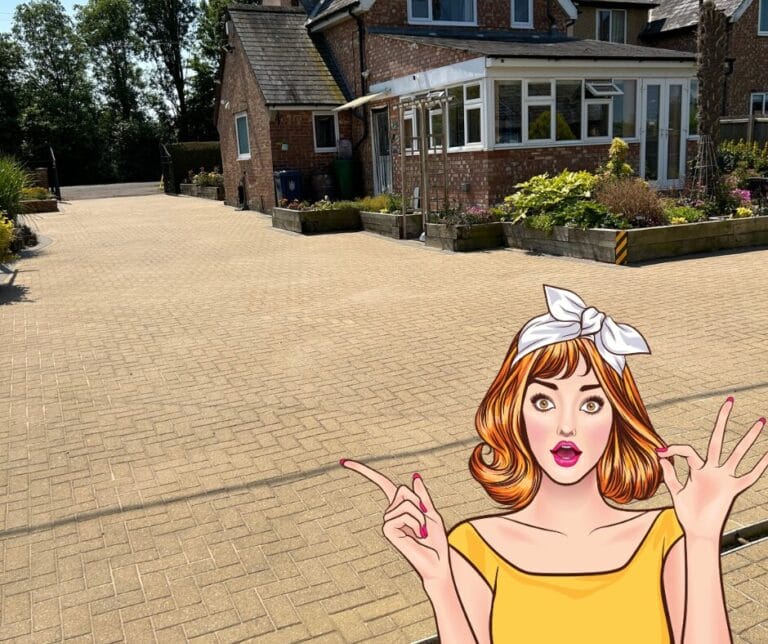If you’ve spotted an oil stain on your driveway… from a leaky car, a visiting tradesperson, or a split container… you’re not alone. It’s one of the most common issues we get asked about across Cambridge and the surrounding villages. So this blog is all about the best methods for removing oil stains from your driveway!
And while there are plenty of online DIY “hacks” out there, not all of them are safe… for your surface or for the environment. In this blog, we’ll walk you through what actually works, what to avoid, and how to restore the clean, cared-for look of your driveway with confidence.
Why Oil Stains Are So Persistent
Oil doesn’t just sit on top of the surface… it sinks in. Block paving, concrete, tarmac and even natural stone are all porous to some degree. That means oil doesn’t just mark the surface… it binds with it.
Left untreated, oil can:
- Attract further dirt and darken over time
- Weaken or discolour the surface layer
- Become increasingly difficult to remove without damage
That’s why we always recommend dealing with oil stains sooner rather than later.
What About DIY Methods for Removing Oil Stains From Your Driveway?
If you’ve searched online, you’ve probably seen all sorts of home remedies for removing oil stains… from cat litter and cola, to baking soda, dish soap, or even pressure washing with degreaser.
Let’s look at a few of the most common ones… and the real risks they carry:
1. Cat Litter
Yes, it can absorb surface oil if used immediately after a spill. But on older stains, it does very little… and grinding it in can scuff resin or softer concrete.
2. Baking Soda & Washing-Up Liquid
People often recommend this combination for its grease-cutting power. It may lift light residue, but it rarely penetrates deeper marks. And excessive scrubbing with hard brushes can damage textured finishes or loosen jointing.
3. WD-40 or Degreaser
These are petroleum-based and can make matters worse… especially on tarmac, where they soften the surface and leave permanent discolouration.
4. Pressure Washing
Used incorrectly, this can erode sealants, wash out sand joints, or cause striping. We’ve repaired more driveways damaged by DIY pressure washing than we can count.
Our Honest View…
We’re not here to say “don’t ever try it yourself.” But we do want you to know the risks before you start… and when to call in professional help.
If the stain is new and you want to try blotting it with cat litter or a soft cloth, go ahead. But for anything more than a light, surface mark, the safest route is a proper assessment and targeted clean… especially if your driveway is sealed, patterned, or laid with natural stone.
So What Does Work for Removing Oil Stains From Your Driveway?
The safest and most effective method is a targeted, low-pressure clean using professional-grade degreasers… ones designed for driveways, properly diluted, and safe for surrounding planting and pets.
At Cambridge Patio & Driveway Cleaners, our trained technicians:
- Assess the type of surface (block, resin, tarmac, concrete)
- Apply the correct pre-treatment (we use specialist, oil-lifting solutions suited to each surface)
- Agitate the area manually (not high-pressure blasting!)
- Rinse with care, using controlled water flow to protect your edging, joints and drains
If the oil has been left for some time, we may recommend a second treatment or gentle steam finish to improve the result… but we’ll always walk you through what’s realistic.
Can You Ever Fully Remove the Stain?
In many cases, yes. But it depends on:
- How long the oil’s been there
- The type of surface (some materials absorb faster than others)
- Whether it’s been previously treated or sealed
Even when some faint shadowing remains, clients often tell us the difference is night and day… especially compared to the darker, greasy stain that was there before.
Prevention Tips for Future Protection
Once your driveway is clean again, we can apply a protective sealant designed to repel oil and make future maintenance easier. It won’t make your surface bulletproof… but it will give you more time to act if another spill happens.


